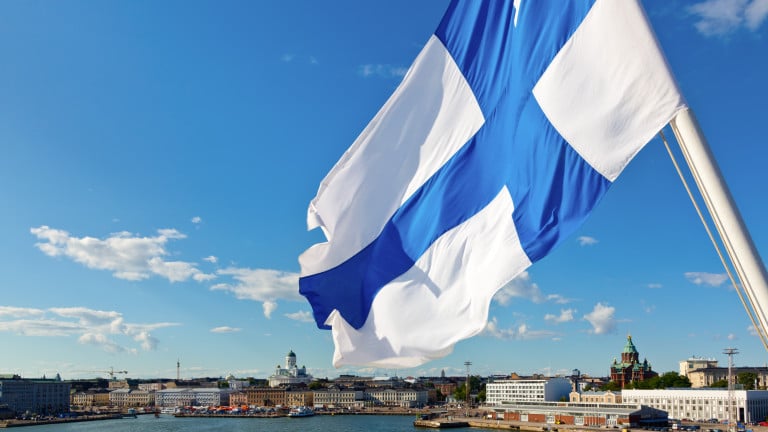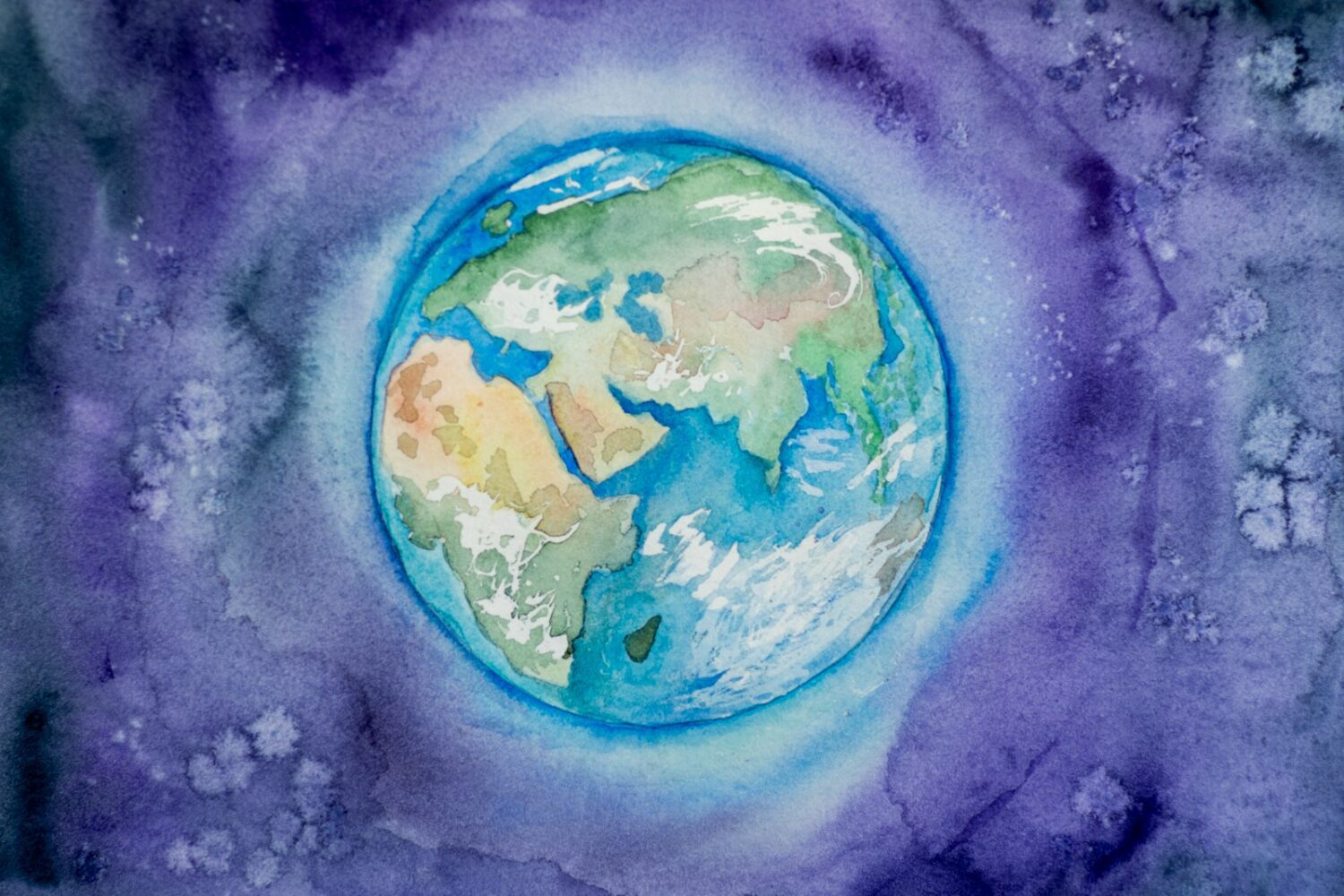The number of people who crossed the Russian-Finnish land border on the day Russia lifted the restrictions reached pre-coronavirus levels of more than 5,000 people, Yle TV reported, citing Southeast Finland’s Border Service chief Kimmo Gromov.
“This roughly corresponds to the usual day when there were no restrictions,” said Kimmo Gromov.
According to him, about 60% of the passengers traveled from Russia to Finland, and the rest – from Finland to Russia. The head of the border guard said that Russians most often travel to Finland for tourism, shopping or checking their properties, while Finns travel to Russia for cheap gasoline.
From June 30, Finland lifted restrictions on the entry of foreigners related to the fight against the coronavirus. As of July 15, Russia lifted land border restrictions that had been in place since March 2020 due to the coronavirus pandemic.
In the first week of July, the Consulate General of Finland in St. Petersburg received about 2.7 thousand visa applications. At the same time, for the whole of June this year, about 10,000 applications were submitted. Before the pandemic, Finland was the leader in the number of Schengen visas issued in Russia and was in the top three most popular destinations for Russian tourists. Turkey and Abkhazia were in first and second place.
In 2019, Finnish missions in Russia issued a total of 790,000 Schengen visas. In the same year, Russians made 3.7 million trips to the Scandinavian country.
Meanwhile, Finland is strengthening its border with Russia
Finland has adopted laws to strengthen security along its border with Russia, Reuters reports.
Parliament today approved legislation that would allow fences to be erected as well as the closure of the 1,300km shared border with Russia to asylum seekers in the event of “extraordinary circumstances”.
Finland fought two wars in the 1940s against its eastern neighbor.
After years of military neutrality, the country is now applying to join NATO amid fears that Russia could invade, as it did in Ukraine on February 24.
Since World War II, Helsinki has maintained a high level of military preparedness.
The country of 5.5 million has about 280,000 conscripts and 870,000 trained reservists. Finland did not abolish conscription for men, as many other Western countries did after the end of the Cold War.












